Reactive Dog Training
Introduction
When you have a dog that overreacts to stimuli, whether it’s other dogs, people, or even cars, it can be a challenging and sometimes overwhelming experience. This is where reactive dog training comes into play. Understanding and effectively managing your dog’s reactivity can transform your walks and interactions, making them more enjoyable for both you and your furry friend. In this guide, I’ll share my experiences and insights on training reactive dogs, emphasizing the importance of patience, consistency, and positive reinforcement.
Understanding Dog Reactivity
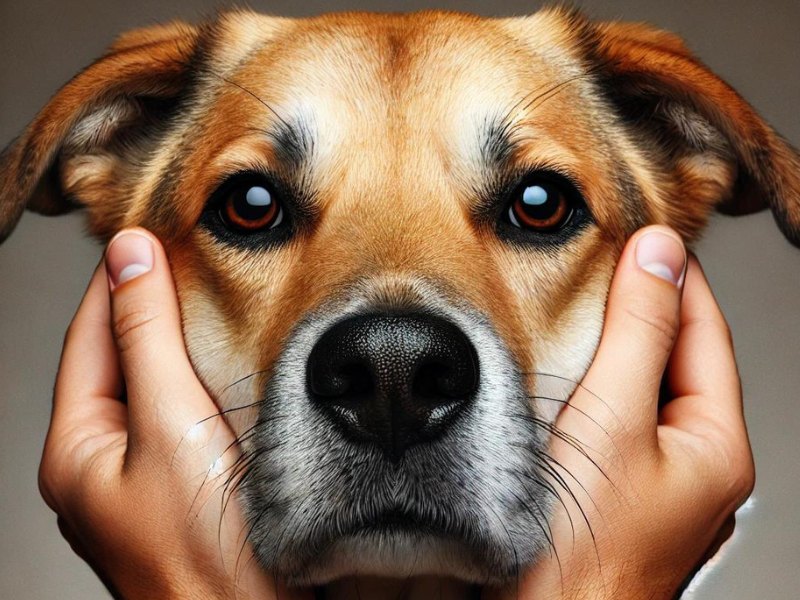
What Causes Dog Reactivity?
Dog reactivity can stem from a variety of sources, including fear, frustration, or even over-excitement. Some dogs might react because they are scared and feel the need to defend themselves, while others might be overly excited and lack the self-control to remain calm. Understanding the root cause of your dog’s reactivity is crucial in developing an effective training plan. Fear-based reactivity often stems from a lack of socialization or negative past experiences, while frustration-based reactivity might be due to a desire to interact or play that is hindered by a leash.
Common Signs of a Reactive Dog
Reactive dogs often exhibit signs such as barking, lunging, growling, or even trying to bite. These behaviors can be triggered by specific stimuli, and understanding what sets your dog off is the first step in managing their reactivity. It’s essential to observe your dog’s body language closely. Signs like stiff body posture raised hackles, intense staring, and lip licking can indicate that your dog is feeling stressed or threatened. Recognizing these signs early can help you intervene before your dog’s reactivity escalates.
Risks Associated with Reactive Dog Training

Potential for Increased Aggression
One of the significant risks of reactive dog training is the potential for increased aggression if not done correctly. This is why it’s crucial to use positive reinforcement methods and avoid punishment-based techniques that can exacerbate fear and aggression. Punitive methods can damage the trust between you and your dog, leading to more severe behavioral issues. Instead, focus on creating positive associations with the triggers that cause reactivity.
Risk of Injury to Dog and Handler
Training a reactive dog can also pose risks of injury to both the dog and the handler. Reactive dogs might lash out unexpectedly, leading to bites or other injuries. It’s important to always prioritize safety. Use equipment like leashes, harnesses, and muzzles appropriately to maintain control while minimizing stress for your dog. Additionally, ensure that you are in a safe environment where you can manage the distance between your dog and the triggers effectively.
Stress and Anxiety in Dogs
Improper training methods can lead to increased stress and anxiety in dogs. It’s essential to ensure that the training process is as stress-free as possible for your dog. Overexposing your dog to their triggers or pushing them too quickly can result in setbacks and increased anxiety. Training should be a positive experience that builds your dog’s confidence over time.
Preparing for Reactive Dog Training
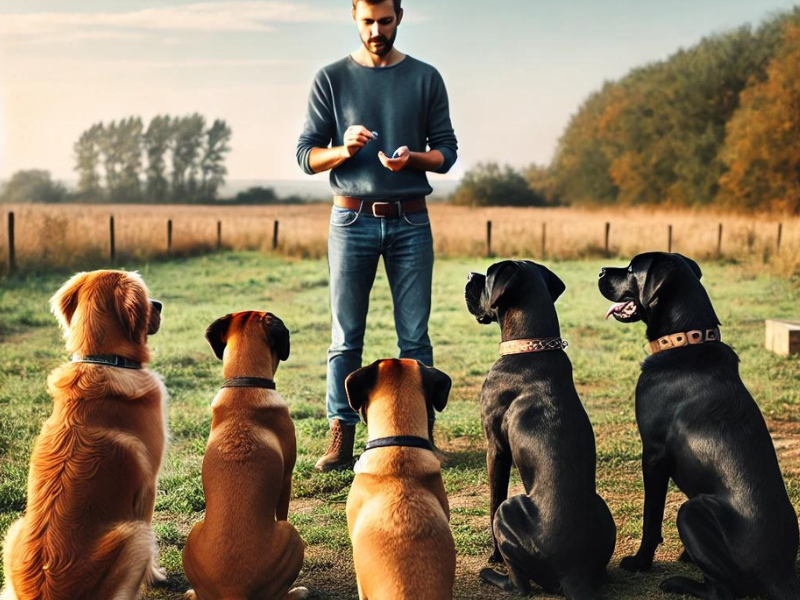
Assessing Your Dog’s Reactivity Level
Before you begin training, it’s important to assess the level of your dog’s reactivity. Understanding the severity and specific triggers can help tailor the training approach to your dog’s needs. Keep a journal of your dog’s reactions, noting the type of trigger, the distance at which the reaction occurs, and the intensity of the response. This information will be invaluable in developing a training plan and tracking progress.
Gathering the Right Equipment
Leashes and Harnesses
Using the right equipment can make a significant difference. A sturdy leash and a comfortable harness that give you control without causing discomfort to your dog are essential. A front-clip harness can help prevent pulling and give you better control over your dog’s movements. Avoid retractable leashes, as they can increase the risk of accidents and reduce your ability to control your dog.
Muzzles
In some cases, using a muzzle can be beneficial, especially if there is a risk of your dog biting. Ensure the muzzle is properly fitted and that your dog is gradually accustomed to wearing it. A basket muzzle allows your dog to pant, drink, and take treats while providing an extra layer of safety during training. Introduce the muzzle slowly, using treats and positive reinforcement to create a positive association with wearing it.
Foundations of Reactive Dog Training

Building Trust with Your Dog
Trust is the cornerstone of any successful training program. Spend quality time with your dog, engage in bonding activities, and create a positive environment to build a strong foundation of trust. Engage in activities that your dog enjoys, such as playtime, walks, and relaxation. Building a strong bond with your dog will make them more receptive to training and help reduce anxiety.
Positive Reinforcement Techniques
Using treats, praise, and affection as rewards for desired behavior is the most effective way to train a reactive dog. Positive reinforcement helps build positive associations with triggers that usually cause a reaction. Whenever your dog displays calm behavior in the presence of a trigger, reward them immediately. This can be done with treats, verbal praise, or petting. The key is to reinforce the desired behavior consistently.
Setting Realistic Goals
Set achievable goals and be patient with the process. Training a reactive dog is a marathon, not a sprint, and progress might be slow but steady. Break down the training into small, manageable steps. For example, if your dog reacts to other dogs, start by rewarding calm behavior at a distance where your dog feels safe. Gradually decrease the distance over time, always ensuring that your dog remains comfortable.
Training Techniques for Reactive Dogs

Desensitization and Counter-conditioning
These techniques involve gradually exposing your dog to the trigger at a distance where they feel safe, and then rewarding calm behavior. Over time, this helps change their emotional response to the trigger. Start with the trigger at a distance where your dog notices it but does not react. Reward your dog for remaining calm, and gradually decrease the distance over several sessions. Patience and consistency are crucial for this technique to be effective.
Clicker Training
Clicker training can be highly effective for reactive dogs. The sound of the clicker is used to mark desired behavior, followed by a reward, helping to reinforce positive behavior consistently. Clicker training requires precise timing to mark the exact moment your dog performs the desired behavior. This method can help your dog understand what behaviors are being rewarded and can accelerate the learning process.
Redirection Strategies
Teaching your dog to focus on you or perform a command like “sit” or “watch me” when they see a trigger can redirect their attention and reduce reactive behavior. Practice these commands in a distraction-free environment before introducing them during reactive situations. The goal is to create a strong enough behavior that your dog will perform even when they are excited or stressed.
Common Mistakes in Reactive Dog Training

Inconsistent Training
Consistency is key in training. Inconsistent training can confuse your dog and slow progress. Make sure everyone involved in the training process is on the same page. Establish a routine and stick to it, ensuring that commands, rewards, and responses are consistent across all handlers.
Using Punishment-Based Methods
Avoid using punishment-based methods as they can increase fear and aggression in reactive dogs. Stick to positive reinforcement techniques. Punishment can create negative associations with the handler and the environment, leading to increased anxiety and worsening of reactive behaviors. Instead, focus on rewarding calm and desired behaviors to encourage repetition.
Ignoring Your Dog’s Body Language
Pay attention to your dog’s body language. Signs of stress or discomfort should be taken seriously, and adjustments should be made to the training approach accordingly. Recognize early signs of stress, such as yawning, lip licking, or turning away from the trigger. Intervening at these early stages can prevent escalation and help your dog feel more secure.
Advanced Training Tips

Introducing Triggers Gradually
Introduce triggers gradually and at a distance where your dog feels safe. Slowly decrease the distance over time as your dog becomes more comfortable. This gradual exposure helps prevent overwhelming your dog and allows them to build confidence. Each step closer to the trigger should only be taken when your dog is constantly displaying calm behavior at the current distance.
Working with a Professional Trainer
If you’re struggling with training your reactive dog, consider working with a professional trainer who has experience with reactive dogs. They can provide valuable insights and personalized guidance. A professional can assess your dog’s behavior, develop a tailored training plan, and offer hands-on support during training sessions. Look for trainers who use positive reinforcement methods and have experience with reactivity.
Using Technology in Training
Technology like training apps and calming music for dogs can support your training efforts. These tools can provide additional resources and create a calming environment for your dog. Training apps can offer structured training plans, track progress, and provide reminders for training sessions. Calming music or pheromone diffusers can help reduce anxiety and create a more relaxed environment for training.
Maintaining Progress and Managing Setbacks
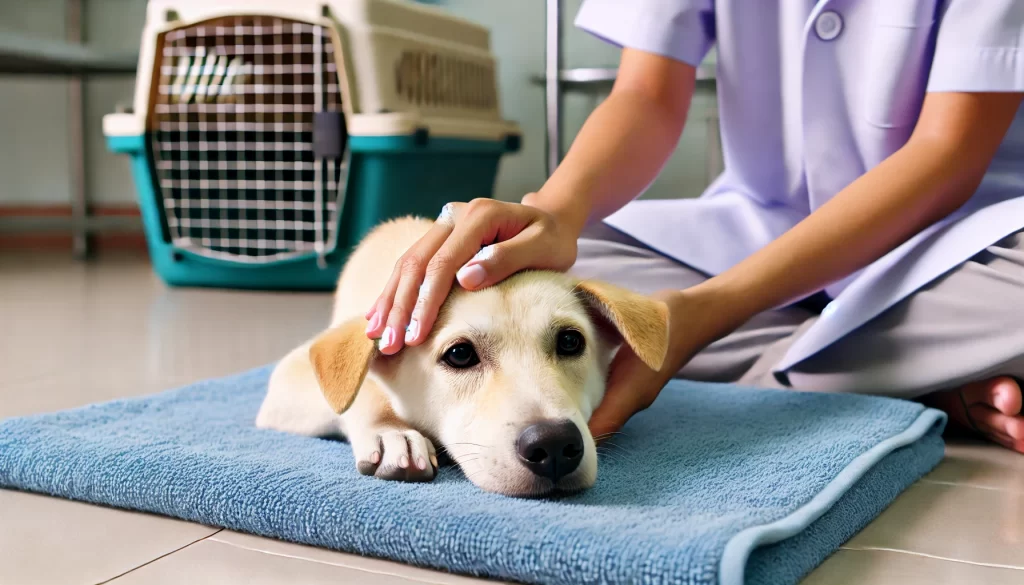
Regular Training Sessions
Consistency is vital. Regular, short training sessions are more effective than infrequent, lengthy ones. Make training a part of your daily routine. Aim for multiple short sessions throughout the day, each lasting 5-10 minutes. This approach keeps your dog engaged and prevents burnout.
Dealing with Regression
Setbacks are part of the process. If your dog regresses, take a step back in training and gradually work your way forward again. Patience is crucial. Regression can occur due to changes in the environment, health issues, or stress. By recognizing and addressing the underlying causes, you can help your dog get back on track.
Adjusting Training Methods as Needed
Every dog is different, and what works for one might not work for another. Be flexible and willing to adjust your methods based on your dog’s progress and needs. Pay attention to your dog’s responses and be open to trying different techniques if current methods are not yielding the desired results.
The Role of Diet and Exercise in Behavior Management
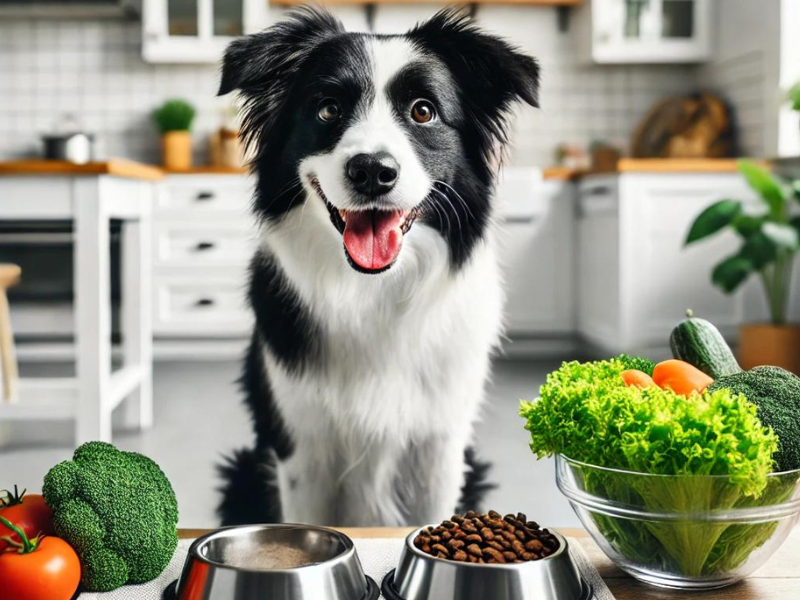
Importance of a Balanced Diet
A balanced diet can impact your dog’s behavior. Ensure your dog is getting the right nutrients to support their overall health and well-being. Some behavioral issues can be linked to nutritional deficiencies. Consult your veterinarian to ensure your dog’s diet meets their specific needs and consider supplements if necessary.
Exercise Routines for Reactive Dogs
Regular exercise can help manage reactivity by burning off excess energy and reducing stress. Tailor the exercise routine to your dog’s needs and energy levels. Engage in activities that your dog enjoys, such as fetch, hiking, or agility training. Ensure that exercise sessions are safe and controlled, especially in environments with potential triggers.
Socialization Strategies for Reactive Dogs
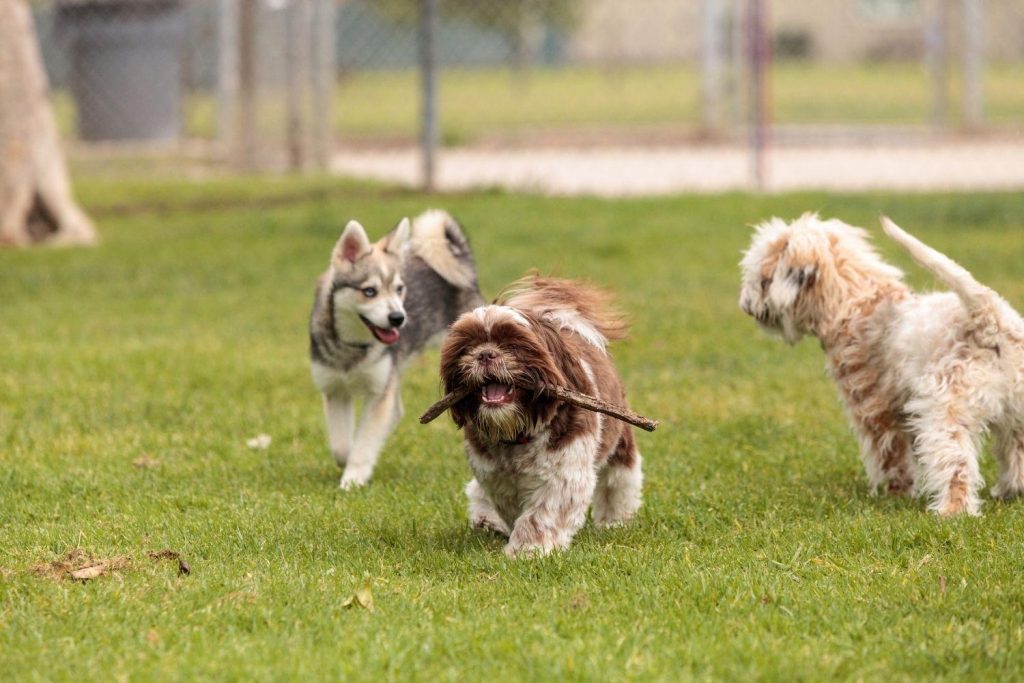
Controlled Socialization
Socializing a reactive dog requires careful planning. Start with controlled environments where your dog feels safe and gradually increase exposure to new situations. Avoid highly stimulating environments initially and focus on calm, positive interactions. Use treats and praise to reward calm behavior during socialization.
Using Neutral Spaces
Neutral spaces, like unfamiliar parks or training facilities, can be useful for socializing reactive dogs without the territorial behavior that might occur at home. These spaces reduce the likelihood of territorial aggression and provide a fresh environment for socialization training. Ensure the space is free of potential triggers and gradually introduce new stimuli.
Creating a Safe Environment
Managing the Home Environment
Create a safe and calm home environment. Provide a designated space for your dog to retreat to when they feel overwhelmed. This could be a crate, a quiet room, or a specific corner with their bed and favorite toys. Reducing noise and chaos in the home can help your dog feel more secure and reduce reactivity.
Outdoor Safety Tips
When outside, always keep your dog on a leash and be aware of your surroundings. Avoid areas with a lot of triggers until your dog is more comfortable. Plan your walks during quieter times of the day and choose routes that allow you to maintain a safe distance from potential triggers. Carry high-value treats to reward calm behavior and use a leash and harness that give you control.
The Emotional Aspect of Training
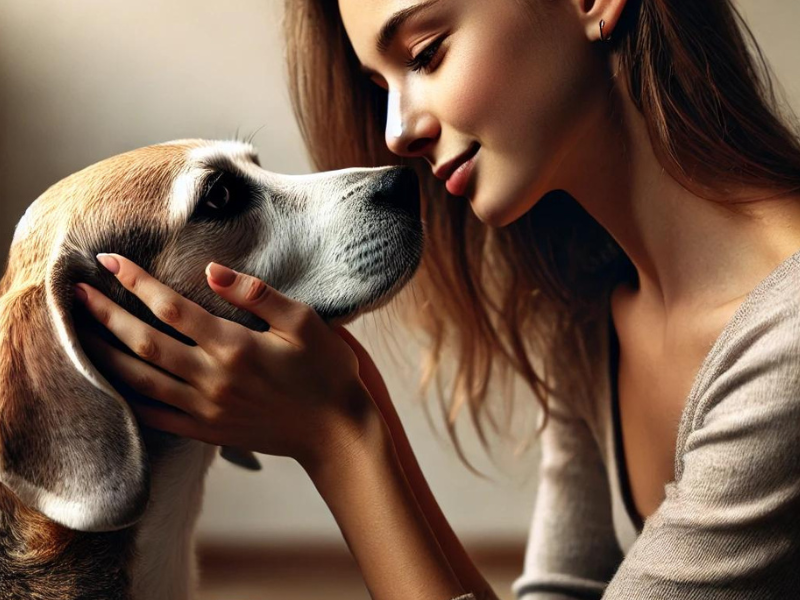
Patience and Persistence
Training a reactive dog requires a lot of patience and persistence. Celebrate small victories and stay committed to the process. Understand that progress might be slow, and setbacks are normal. Your attitude and consistency play a significant role in your dog’s success.
Dealing with Frustration
It’s normal to feel frustrated at times. Remember to take breaks when needed and seek support from fellow dog owners or professional trainers. Frustration can negatively impact your training efforts, so it’s essential to maintain a positive outlook. Joining support groups or online forums can provide emotional support and practical advice from others who have experienced similar challenges.
Resources for Reactive Dog Owners
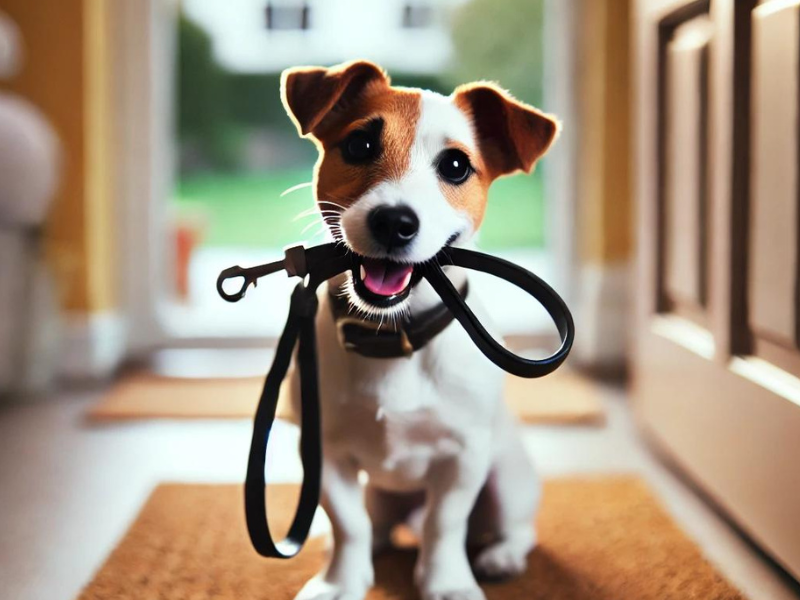
Books and Online Resources
There are numerous books and online resources dedicated to reactive dog training. These can provide valuable insights and strategies to support your efforts. Some recommended books include “Click to Calm: Healing the Aggressive Dog” by Emma Parsons and “Feisty Fido: Help for the Leash-Reactive Dog” by Patricia McConnell. Online courses and webinars can also offer in-depth training techniques and professional guidance.
Support Groups and Forums
Joining support groups and forums can connect you with other reactive dog owners. Sharing experiences and advice can be incredibly beneficial. Online communities on platforms like Facebook or specialized forums can offer a wealth of knowledge and encouragement. These groups often share success stories, training tips, and emotional support that can make the training journey less isolating.
Conclusion
Training a reactive dog is a journey that requires time, effort, and a lot of love. By understanding the root causes of reactivity, using positive reinforcement techniques, and staying patient and consistent, you can help your dog become more calm and confident. Remember, every dog is unique, and progress might be slow, but with dedication and the right approach, you can make a significant difference in your dog’s behavior. Celebrate every small victory and remain committed to your dog’s well-being.
Frequently Asked Question
1. How long does it take to train a reactive dog?
Training a reactive dog is a long-term commitment that can take several months to years, depending on the dog’s specific issues and consistency in training. Progress can vary based on the dog’s temperament, the severity of reactivity, and the training methods used. It’s important to be patient and celebrate small milestones along the way.
2. Can all reactive dogs be trained?
Most reactive dogs can improve significantly with proper training and management, but the extent of improvement varies. Some dogs may always have certain triggers that need careful handling. The key is to understand your dog’s limits and work within them to achieve the best possible outcomes.
3. What should I do if my dog’s reactivity gets worse?
If your dog’s reactivity worsens, consult a professional trainer or behaviorist. They can help identify underlying issues and adjust your training plan accordingly. It’s important not to ignore escalating behavior, as early intervention can prevent more severe problems.
4. Are certain breeds more prone to reactivity?
While any breed can be reactive, some breeds are more prone due to their temperament and genetic predispositions. It’s important to understand your dog’s breed-specific traits. For example, herding breeds may be more sensitive to movement, while guarding breeds might react to perceived threats. Tailoring training methods to suit your dog’s breed characteristics can enhance effectiveness.
5. How do I find a good professional trainer for my reactive dog?
Look for trainers who specialize in reactive dogs and use positive reinforcement methods. Check reviews, ask for references, and ensure they have relevant certifications and experience. A good trainer should have a deep understanding of canine behavior, patience, and a commitment to using humane training methods. Personal recommendations from other dog owners and consultations with your veterinarian can also help in finding a reputable trainer.




